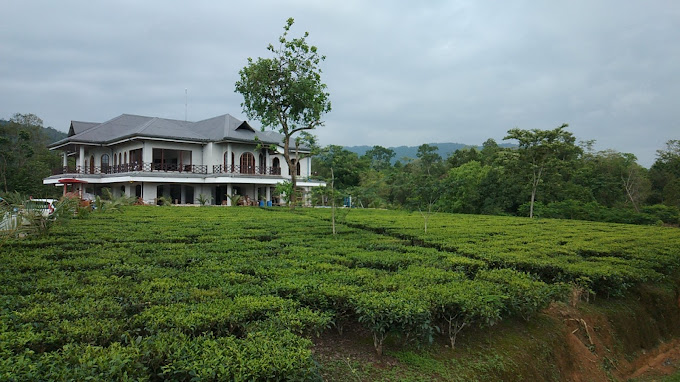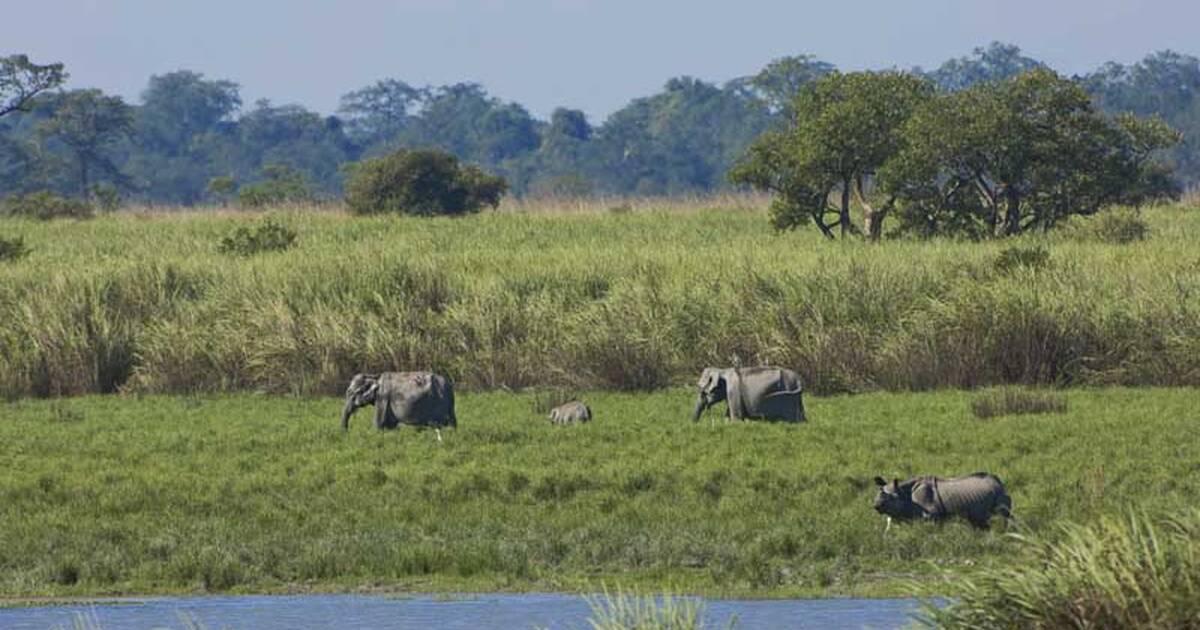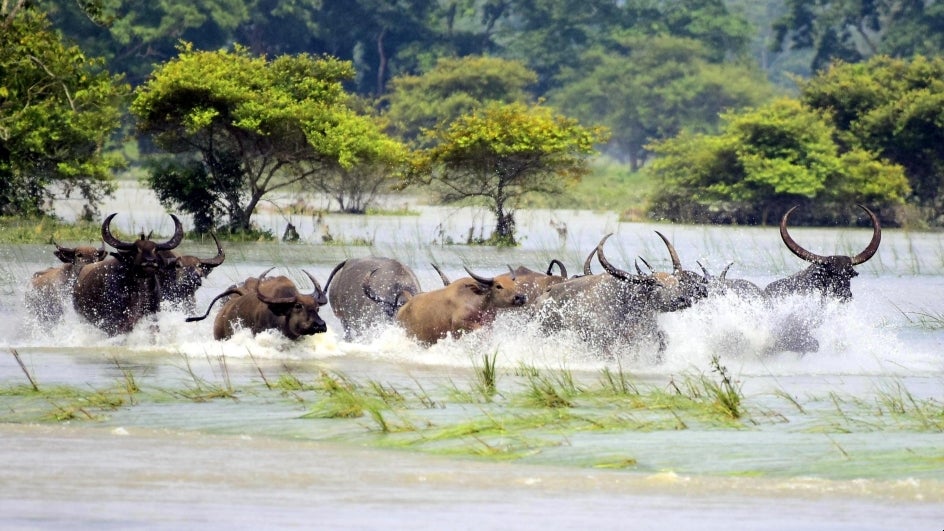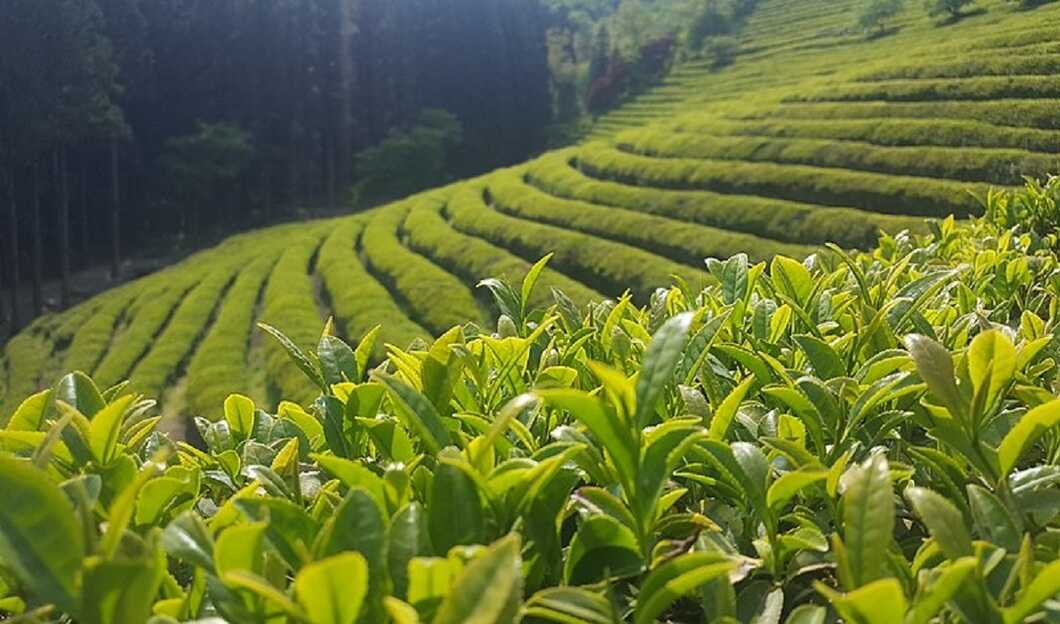
Assam’s Unique Features Setting it Apart from Other Indian States
Assam, serving as the gateway to North-East India, stands out for its abundant wildlife, captivating traditional cuisine, lively dance forms, and warm hospitality. A beloved destination for travellers globally, Assam transcends typical tourist perceptions. Renowned for its endangered one-horned rhinoceros, the majestic Brahmaputra River, and diverse cultural heritage, Assam reveals a multifaceted beauty beyond these well-known aspects, making it a truly exceptional state in Northeast India.
- India’s largest Shakti Peeth – Maa Kamakhya Devi Temple
Explore the Magnificence of ‘Maa Kamakhya Temple,’ India’s Largest Shakti Peeth
Situated in Guwahati, the ancient Maa Kamakhya Temple stands as India’s largest Shakti Peeth. Among the 51 Shakti Peethas across India, Pakistan, Nepal, and Sri Lanka, Kamakhya is revered as the most potent. The significance lies in the belief that the yoni of Goddess Sati descended on Neelachal Parvat (Nilgiri Hills) after her body split. This sacred site, associated with the universal concept of creation through ‘yoni,’ is considered the focal point of the entire Brahmand.
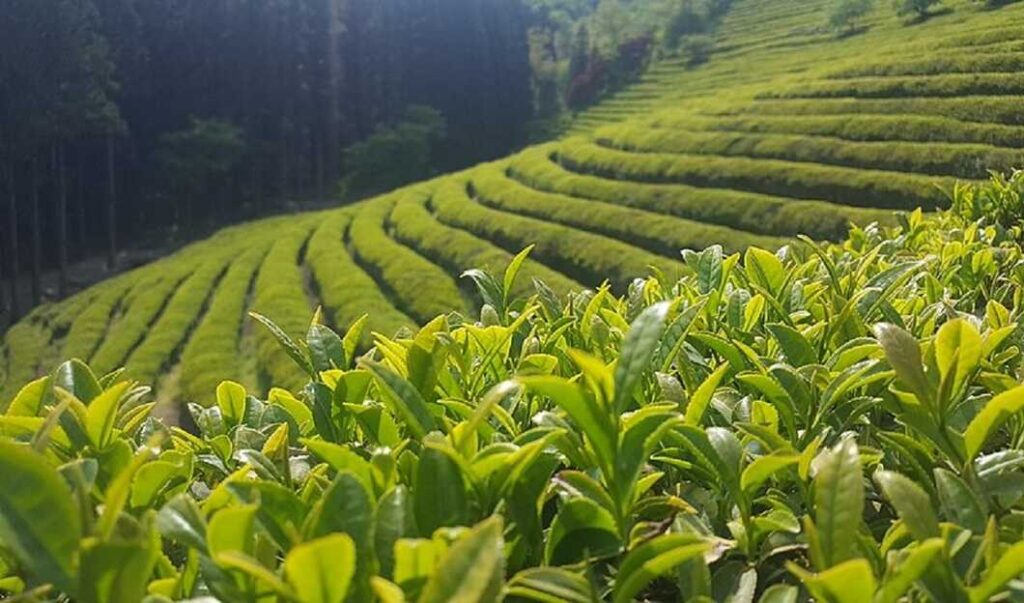
- World’s highest one-horned rhino population in Kaziranga National Park
Assam’s inseparable association with Kaziranga National Park is well-founded. This UNESCO World Heritage Site harbors two-thirds of the global population of one-horned rhinoceroses, with approximately 2,613 rhinos recorded in 2018. Beyond its rhino population, Kaziranga boasts diverse flora and fauna, earning the additional designation of a Tiger Reserve in 2006.
- World’s Biggest And Smallest River Island
Assam is renowned for “Majuli,” the globe’s largest river island, and the lesser-known “Umananda,” recognized as the smallest inhabited river island globally. Both of these islands are situated on the Brahmaputra River.
- The world’s biggest weaving village – Sualkuchi
Sualkuchi, situated in Kamrup district, is frequently referred to as the “Manchester of Assam” due to its extensive cottage and textile industry. Renowned for crafting high-quality Mekhela Chadors and Gamosas, it holds significance in Assam’s indigenous textiles.
- India’s widest river Brahmaputra
The Brahmaputra is regarded as one of the world’s most majestic rivers. Its journey begins in Arunachal Pradesh, named Siang, and undergoes a rapid descent from its original Tibetan height. As it enters the plains, it transforms into the Dihang, flowing for approximately 35 km (22 mi). At the Assam Valley’s head, it merges with the Dibang River and the Lohit River. Below the Lohit, it adopts the name Brahmaputra, entering Assam and expanding to a considerable width, reaching up to 10 km (6 mi) in certain areas.
- India’s longest bridge – Bhupen Hazarika Bridge
Bhupen Hazarika Setu in Assam stands as India’s lengthiest water bridge, playing a crucial role in promoting tourism, ensuring border security, and fostering regional integration. Located in the Tinsukia region, it forges a closer connection between Arunachal Pradesh and Assam. Spanning 9.15 kilometers, the bridge, also known as the Dhola-Sadiya Bridge, offers a breathtaking view as it spans the Lohit River in Assam. Dedicated to the renowned vocalist, songwriter, and music composer, Mr. Bhupen Hazarika, the bridge was inaugurated by the Prime Minister on May 26, 2017.
- Asia’s oldest amphitheatre – Ranghar, Sibasagar
Ranghar stands as a historic landmark situated in close proximity to the town of Sibsagar. Constructed around 1744-1750 AD, it boasts the distinction of being one of the oldest monuments in the region. The Ahom kings utilized Ranghar as a pavilion for observing various games, including buffalo fights, wrestling, etc.
